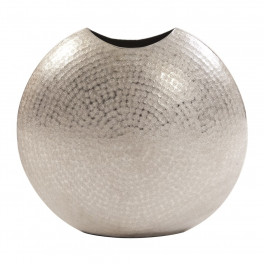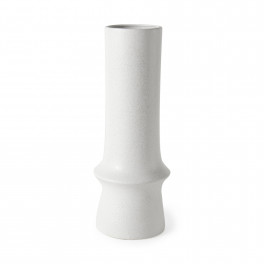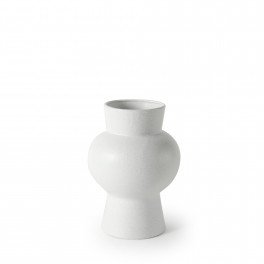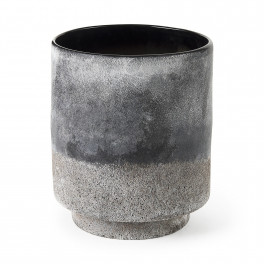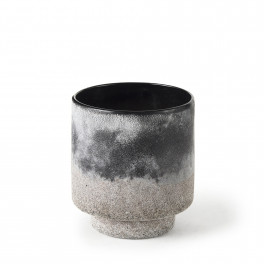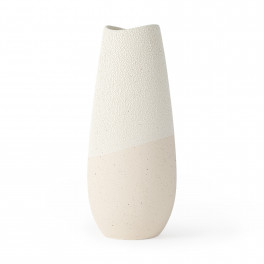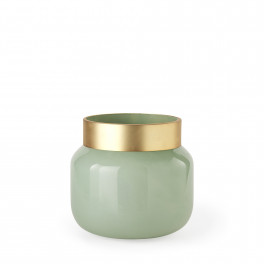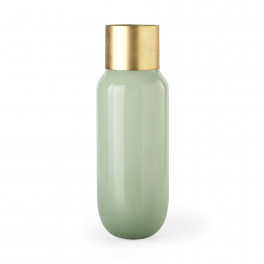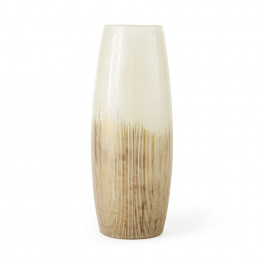Have you ever walked around your local home or craft store and been tempted by some of their artificial greenery? Have you been hoping to decorate with some silk stems but are worried that your dinner guests will call you out for using fake plants? Do you want to know, “Are artificial plants out of style?” I’m here to tell you that while artificial plants may not be right for plant purists, those of us lacking green thumbs find them to be a useful decorating tool that, when done right, are a tasteful addition to your décor.
Artificial plants are an easy way to bring some color and texture into a room without the seemingly impossible task of keeping actual houseplants alive. While there’s a bit of a stigma associated with fake plants (particularly low-quality fake plants that don’t look anything like the real deal), that doesn’t stop me and shouldn’t stop you. I love using plants in my décor, and my artificial houseplants look better any day than all of the indoor plants and trees I’ve inevitably killed.
Here’s how you, too, can decorate with artificial plants that’ll stay green no matter what.
1. Consider Your Décor
As with any piece of home décor, an artificial plant should be accomplishing something for your space. You wouldn’t put a shelf where you don’t need one or invest in a large statement vase without having somewhere to put it. You want your plant to work for you, so think about what’s missing. Whether you’re looking to fill up an empty corner or bring some color into a monochromatic bathroom, consider why you want a plant there anyway.
Then, take a look at various options to find what will fit that space best, both physically and thematically. How much room do you have for the plant to look natural and not squeezed in where it doesn’t belong? What kind of a vibe do you want your plant to bring to the room? For instance, a small topiary brings a neat and tidy aesthetic to a countertop or bathroom while a large, sprawling fern is a lush addition that brings a more natural feel to a space.
2. Opt for a Realistic Approach
Sure, we’re talking about fake plants here, but there are plenty of ways to make your fake plants look real.
Ditch the plastic container and transplant your artificial stems into a real pot or planter. While you’re at it, put actual dirt in the pot to give your plant an even more realistic look.
Use real accessories, too. Fillers like sand and rocks could work, depending on the plant, or simply stick a decorative plant waterer in the base.
Find a place in your home where the plant could thrive if it were, in fact, real. Putting a plant somewhere with sunlight will be more convincing than sticking it in the darkest corner of your basement.
Choose your plants wisely. Besides avoiding low-quality plants that generally look plastic-y, pick a plant type that will best enhance your décor. Going tropical? Faux palms or Monstera leaves are great. Got more of a beach house theme? Opt for an artificial agave or faux succulents “planted” in driftwood.
Choose your plants sparingly. Even though you’ll find artificial indoor plants to be a great decorating tool, you probably don’t need one in every room.
3. Keep Your Plants Clean
Great news! Keeping your artificial plants and trees looking good is way easier than keeping real plants alive. Sure, they’re bound to collect some dust over time, but here are some quick tips on how to clean artificial plants and trees.
Really, all you need to do is dust off your plants with your regular duster. If you’re not one to dust regularly (no judgment here!), and you notice the dust getting out of control on your plants, you can try this homemade plant cleaner or easily hose them off with a spray from your garden hose or shower head. High-quality silk plants are pretty durable and able to be rinsed this way, but be sure to cover up the pot or container with a plastic bag to keep water from getting trapped inside. Then, go ahead and give the plant or tree a light spray. Let it air dry, rearrange anything that got out of place, and you’re good to go.
Just beware of using this method on silk flowers because their dye may bleed if they get wet. If you have a dirty silk flower arrangement and dusting isn’t enough, toss the flowers in a bag with some salt. Shake the bag, letting the salt act as an abrasive to gently clean the flowers without hurting them. Now that’s something you can’t do with real stems.





